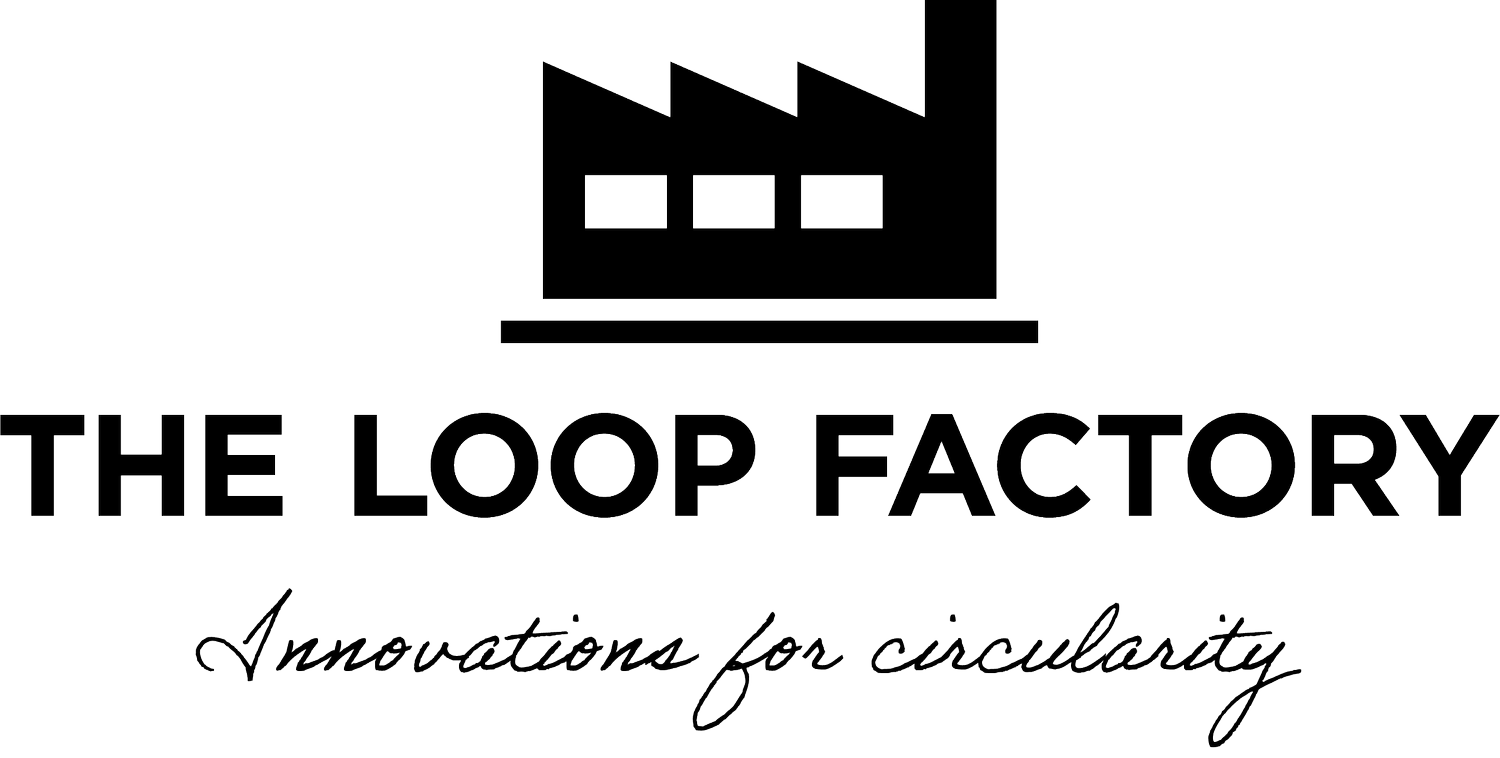SUSTAINABLE PRODUCTS OR A MARKETING STRATEGY?
The demand for sustainable materials is steadily increasing, with slogans about eco-friendly products shaping companies’ marketing strategies. But what exactly is a sustainable product? Do they even exist? Ideally, what textile companies would prefer today is a material with zero environmental impact, allowing the ongoing microtrends and overproduction to continue increasing. The truth is that this is not possible. The entire approach to consumption and the textile industry must change for us to make a difference.
More customers are striving for sustainable choices, but they are often misled by companies’ claims, making it seem like fully sustainable products exist. Of all the green claims, 53% are vague or misleading, and 40% lack substantiating evidence. To address this issue, the EU proposed the Green Claims Directive in March 2023 to prevent deceptive marketing claims. Companies will need to validate their claims, making it easier for consumers to choose more environmental-friendly options. This directive is related to the European Green Deal and the Ecodesign for Sustainable Products initiative, which aims to transition towards a more sustainable industry (European Commission, 2024).
Recently, a Swedish court decided to ban advertisements by Arla based on the term ”net zero emissions”. The claim relied on carbon offsetting activities, but it could mislead customers into thinking the product has no climate impact (Konsumentverket, 2023). Similarly, Dutch airline KLM was taken to court for claims that downplayed their actual environmental impact. Through their marketing, they claimed commitment to the Paris Agreement despite taking minimal measures. They also offered carbon offsetting options where customers paid for tree planting — something that lacked a direct link to offsetting emissions (ClientEarth, 2024). Looking at the textile industry, the Norwegian Consumer Authority sharply criticised H&M’s Conscious Choice collection in 2019, stating it violated Norwegian law by claiming a product was sustainable without providing evidence (Rawet, 2019).
NAVIGATING SUSTAINABILITY CLAIMS AND MATERIAL CHOICES
To make better choices, it is beneficial to familiarise yourself with various certifications and their meanings. Third-party certifications are externally verified and thus have more credibility than companies’ own labels. Claims like zero emissions and green products should be avoided, the truth is that there are no completely sustainable products. It is all about strategic and resource-efficient production and consumption; since the demand is shaping the market, consumers and producers share the responsibility. However, regardless of the materials used, there is always an environmental cost, some greater than others. To measure a product’s impact, it’s not enough to look solely at greenhouse gas emissions; the issue extends to chemical and water usage as well as microplastics. Materials perform differently across various areas; polyester, for instance, is often derived from fossil fuels, which is problematic from one perspective. From another viewpoint, a polyester garment can be produced with minimal water, making the material significantly better in that aspect in comparison to cotton.
WHAT ABOUT PRODUCTS LIKE VEGAN LEATHER?
The title sure sounds far more flattering than polyurethane. Real leather is made from a byproduct that would otherwise be incinerated. Instead, so-called vegan products are made from plastic to mimic the original product, but they perform far worse in terms of lifespan and material properties—something that contributes to increased consumption once again. At the same time, non-renewable resources are used, and materials that increase microplastics in nature accumulate in living organisms. Every product we put on the market carries some sort of environmental cost, even the ones from recycled origins. The material must go through a recycling process and then undergo the same processes as products made from primary materials. At the same time, the expected lifespan is a relevant factor to consider, as there is a risk that secondary materials have diminished in quality through their previous life and subsequent processes. Does this mean that we need to produce more products to meet the demand? There is no clear-cut answer; it all boils down to strategic decisions at the design stage. Materials should be chosen based on their intended use. In a functional jacket, synthetic materials might be best since the product is not trend-sensitive and can last for many years. If the same jacket were to be produced with Lyocell that becomes fragile when wet, it might need to be replaced annually.
THE SHARED RESPONSIBILITY FOR SUSTAINABLE FASHION
Producers’ responsibility is to design strategically and resource-efficiently, while customers need to utilise their garments throughout their expected lifespan. On average, we use our garments around seven times (RISE, 2023) but most of them can be used far longer. In conclusion, while the demand for sustainable products is increasing, the reality is that truly sustainable products do not exist. Genuine sustainability requires more than just marketing claims and material choices. Reducing overconsumption and respecting resources are crucial steps toward a more sustainable future. While more sustainable materials are part of the solution, they are not the sole answer. The more fibres we consume, the bigger the problem becomes, even if we can recycle them. By prioritising sustainability in design and consumption, we can work towards a more balanced relationship between our consumption habits and the environment.
//MOA ERIKSSON - INTERN AND ROOS MULDER - DEVELOPMENT ENGINEER
sources
ClientEarth (2024) ‘Historic win against greenwashing as KLM’s advertising ruled illegal’ (accessed 23 May 2024).
European Commission (2024) ‘Green claims’ (accessed 23 May 2024).
Konsumentverket (2023) ‘Domstolen förbjuder Arlas netto noll reklam’ (accessed: 23 May 2024).
Rawet, P (2019) ‘H&M:s “medvetna” kläder bröt mot norsk lag’ (accessed: 23 May 2024)
RISE (2023) ‘Vi underskattar hur många plagg vi har i garderoben’ (accessed: 23 May 2024)


